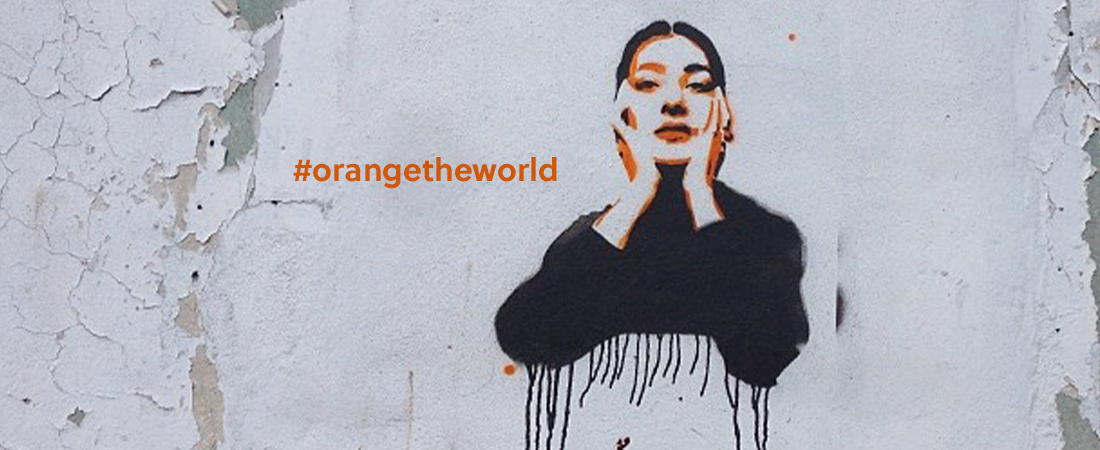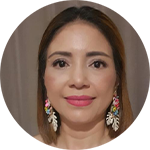Let’s Talk about It: Violence against Women in Honduras

"Honduras #graffiti" by aawiseman is licensed with CC BY-NC 2.0.
Violence against women is one of the most pervasive human rights violations in the world. An estimated 35% of women globally have experienced physical or sexual violence, both intimate partner violence and non-partner violence. It is widely assumed that the actual number of survivors worldwide are underrepresented as feelings of shame or fear of reprisal often lead to underreporting of incidences. Violence against women can result in enormous social and economic costs, including losses in years of education, employment productivity, and civic engagement. On this International Day for the Elimination of Violence against Women, it is important to remember that violence can produce long-lasting ripple effects beyond those experienced by the survivor.
Violence against women in Honduras is widespread. Honduras has alarming rates of femicide, rape, and assault experienced by women, both inside and outside the home. To better understand the impact of violence on children in Honduras, the Honduran Government and its partners, in collaboration with others working to eliminate violence against women and children, participated in the Violence Against Children Survey. The purpose of the survey was to gather additional evidence on the effects of violence on children and youth. UNICEF has long documented the impact of violence against women on school-age children, including cognitive challenges and lower reading abilities.
Sumaya Zuniga is the EDC Francisco Morazán regional coordinator for the USAID Honduras Reading Activity. She understands firsthand the need for strengthening community mobilization to eliminate violence against women in order to see greater gains in learning outcomes for Honduran children.
Q: Please describe your professional or volunteer experience working with survivors of violence.
Zuniga: As a regional coordinator for an education project, I have to realize that school is one of the most important spaces for socialization. Here the dynamics of “micro-violence” can be subtly transmitted and perpetuated. So, it’s necessary to be aware of how this occurs in order to change these dynamics. I have worked on prevention and cultivating behaviors that promote a culture of peace within schools through remedial work that engages students as well as their mothers and fathers.
Q. Can you describe the context of both personal and public violence in Honduras and how this affects women and girls?
Zuniga: Violence against women for reasons of gender is shocking for those paying attention to it. Despite all the great efforts made since the 1990s by the Government of Honduras and various civil society organizations, it seems that violence against women is increasing rather than decreasing. This has a devastating emotional impact on women of all ages and social strata.
Q: What are the greatest barriers to the elimination of violence against women and girls in Honduras?
Zuniga: Women in Honduras face multiple forms of gender aggression and discrimination, in the home and at work. Girls, from an early school age, often experience the negative attitudes and behaviors of teachers and peers. So, in both private and public spaces, women face harmful social and cultural norms, which reinforce an acceptability of violence, as well as an often ineffective implementation of laws and policies designed to protect women. As an education specialist, from my point of view the school should be the starting point to improve the conditions of girls and women and to minimize the barriers to eliminating violence against women and girls in Honduras.
Q: How has violence against women manifested itself, if different, in the context of the coronavirus pandemic (COVID-19)?
Zuniga: As of November 16, 2020, Honduras has registered 240 femicides for the year, of which 171 have occurred since the state-mandated curfew [implemented in March due to the pandemic]. Since the pandemic, the National Observatory of Violence and others report a 4.1% increase in domestic and intra-family violence.
Q: What strategies or approaches have you seen that work to address the issue of violence against women in the community and maybe even start to mitigate these behaviors?
Zuniga: First, we have to be able to talk about violence against women, because without realizing it, [the violence] has eroded the respect and integrity shown towards women generally. Violence against women is part of our culture. Machismo forces us to keep our heads down, and this leads us to accept physical and psychological violence.
In our communities, NGO-facilitated training and counseling for men and women is working. Men are beginning to see women as equals and that we have the same rights. Normally, these trainings are part of the broader culture of peace approach to prevent violence in the community, but it also includes a focus on preventing violence against women.
Q: What are the consequences of violence against women on their children’s learning outcomes?
Zuniga: When children witness or experience violence at home, they may replicate violence in other settings, at school, and among their peers. There are children who are violent in school, which negatively impacts their social interaction and their learning. There are boys and girls who are withdrawn, who are very sad and have an attention deficit due to the violence they encounter at home.
Q: What role, if any, do you see education playing in mitigating violence in the home?
Zuniga: The school plays a fundamental role in mitigating the violence suffered by girls and boys as a result of violence in their homes and communities. Schools serve the community best by talking about negative stereotypes and harmful behaviors that affect women and ensuring that schools are safe spaces.
Violence against women is everyone’s responsibility. Each mayor’s office has a violence prevention unit where complaints can be filed, although it’s not clear how active these are, and the Ministry of Education now addresses violence prevention. Much of this work is thanks to USAID’s support to the Ministry through activities to prevent school violence. So teachers have been trained to cover violence prevention and equal rights in the classroom. And sometimes school committees address this, although it is delicate. Children are spending six hours of their day at school though, so we need to pay attention to the warning signs in order to be responsive.
Teachers can be a role model, and children can receive affection and respect in an environment free of violence. Often it is difficult to achieve community collaboration because people don’t want trouble and so they look away. But teachers are working with parents and students together to address violence and its effects on everyone or, in some severe cases, referring these to the authorities. Working in education, we have to be engaged and address any behaviors in school that may be the result of violent behaviors at home.
